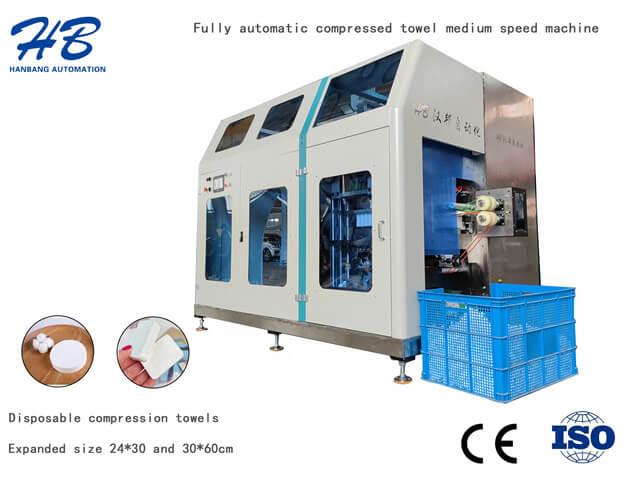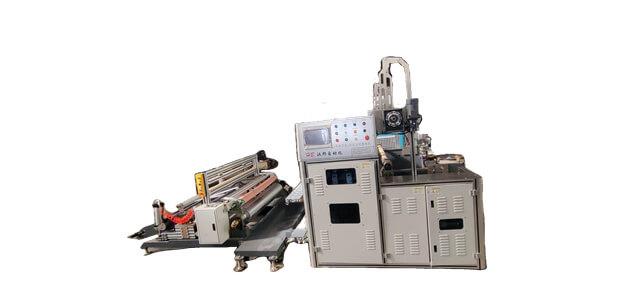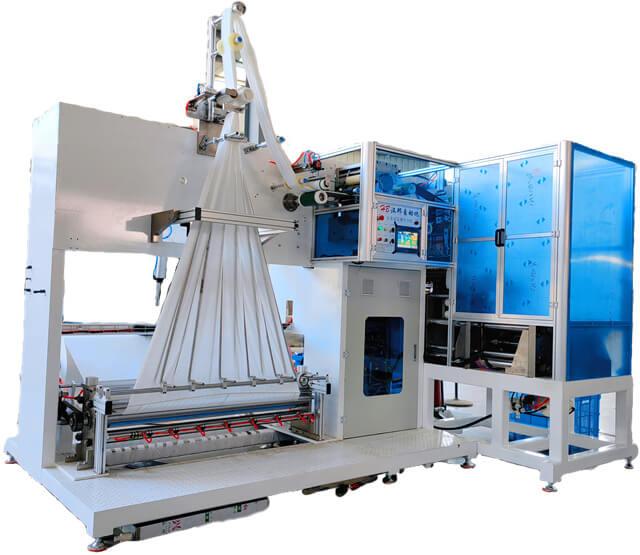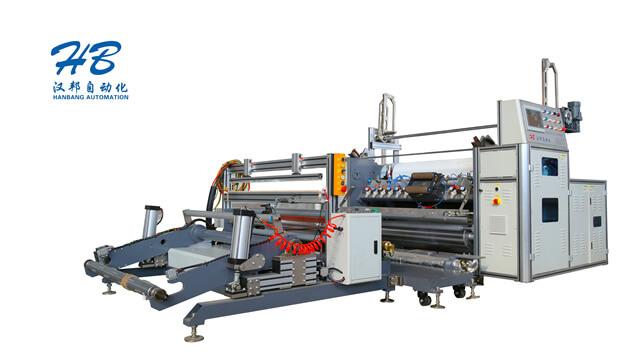Author:HB Nonwoven MachineryFROM:Compressed Towel Machine Manufacturer TIME:2024-04-30
In recent years, the demand for disposable hygiene products such as diapers and sanitary napkins has soared. As a result, the non-woven needle perforating machine has become an essential tool in the production process. This article aims to provide an overview of the installation process for this machine in the paper diaper and sanitary napkin industry.
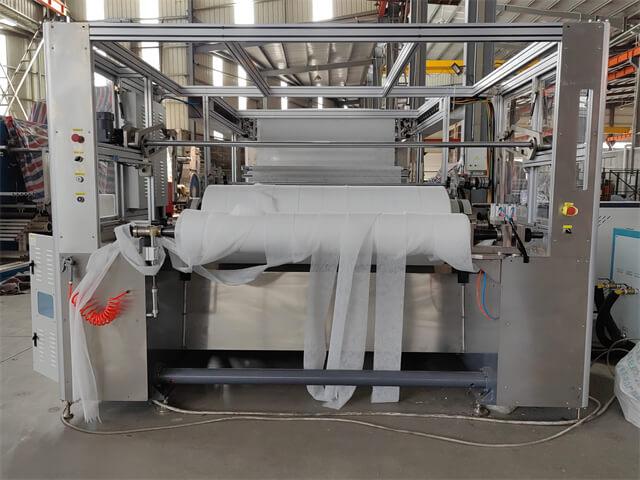
The non-woven needle perforating machine is a vital piece of equipment used in the production of paper diapers and sanitary napkins. This machine is responsible for creating the non-woven fabric that is a key component in these products.
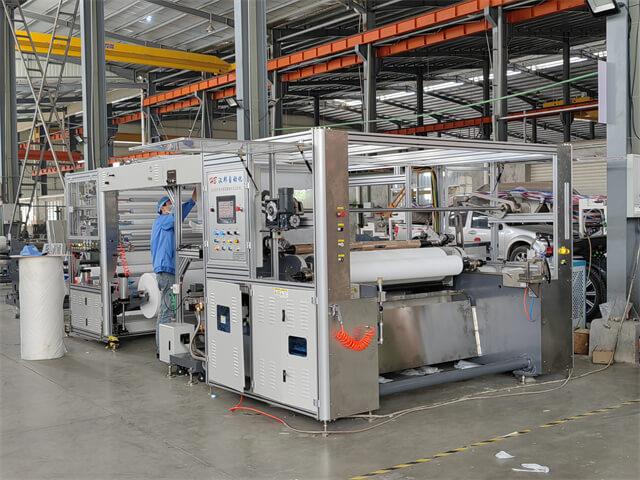
Before installing a non-woven needle perforating machine, it is crucial to choose the right type of machine that suits the specific needs of the production line. Factors such as the desired production capacity and the quality of the end product should be taken into consideration.
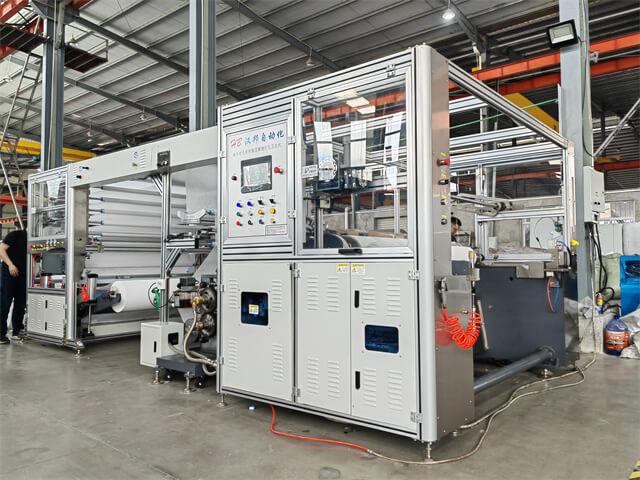
Prior to installing the machine, the production facility needs to be properly prepared. This includes ensuring a suitable and spacious area for the machine, as well as providing necessary infrastructure such as power supply and ventilation.
The installation process involves several steps. Firstly, the machine needs to be unloaded and positioned correctly. Then, the various components of the machine, such as the needle board and drive system, are installed and connected. Finally, the machine is calibrated and tested to ensure optimal performance.
During the installation process, safety should be prioritized. Proper safety measures, such as wearing protective gear and following standard operating procedures, should be observed to prevent accidents and injuries.
After the installation is complete, training sessions should be conducted to familiarize the staff with the operation and maintenance of the non-woven needle perforating machine. Skilled operators should be assigned to ensure smooth production and minimize downtime.
Regular maintenance is essential to keep the machine in optimal condition. This includes routine cleaning, lubrication, and inspection of key components. Additionally, a troubleshooting plan should be in place to address any mechanical issues that may arise during operation.
The installation of a non-woven needle perforating machine brings numerous benefits to the paper diaper and sanitary napkin industry. It enhances production efficiency, improves product quality, and reduces labor costs. In conclusion, careful consideration and proper installation of this machine play a critical role in ensuring the success and competitiveness of the industry.
The installation of a non-woven needle perforating machine is a significant step in the production process of paper diapers and sanitary napkins. By selecting the right machine, preparing the site, following safety protocols, providing thorough training, and maintaining the machine properly, manufacturers can optimize their production capabilities and meet the increasing demand for disposable hygiene products.
